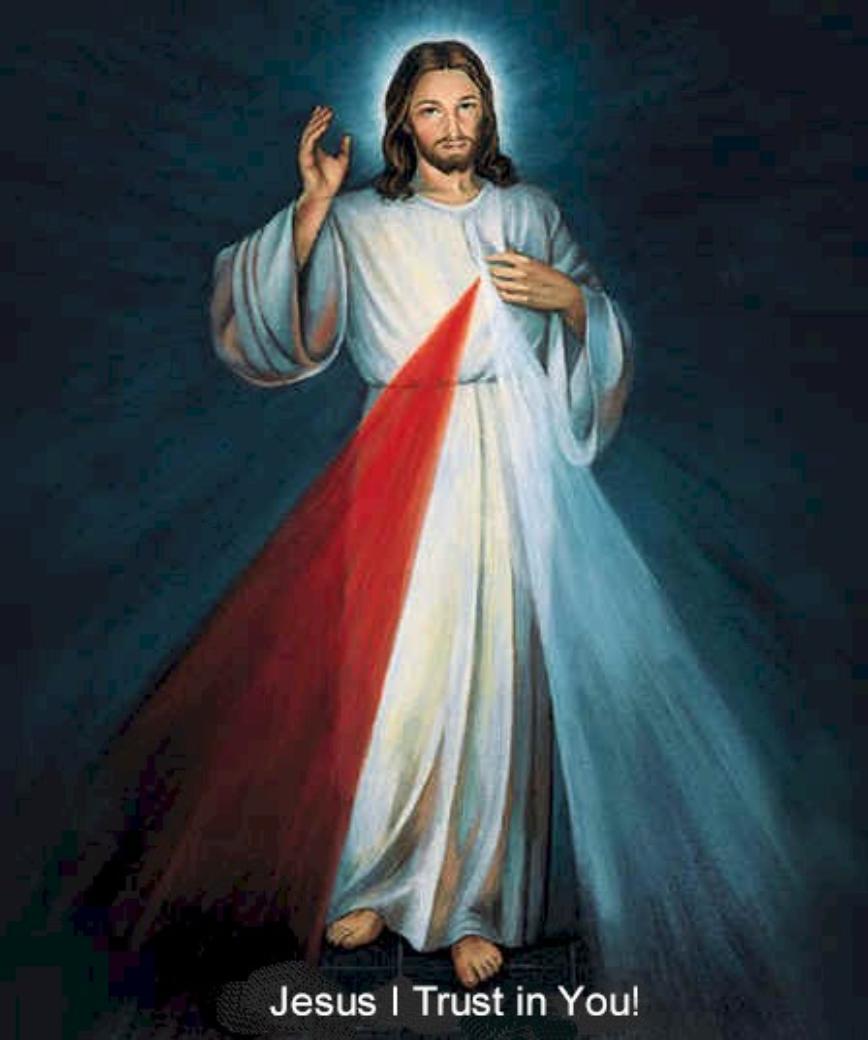As I prepare for my silent retreat to inaugurate second year postulancy, I have returned to considering the First Principle and Foundation of St. Ignatius and reflecting on how my life has or has not been oriented to its ultimate end. Preparation for five days of silence may seem a bit superfluous, but I have come to appreciate how important it is to show up fully loaded for retreat.
I was sitting in for part of first pre-theology orientation at St. John Seminary, and the director of pre-theology emphasized the importance of conversion as part of formation: who you are and how you act outside of dedicated prayer depends entirely on what you are doing during that prayer. I have not only experienced this in my own formation, but have learned that practice and preparation have a large impact on prayer, which is itself how we pursue the end for which we are created. I am preparing for encounters with God in brothers, classmates, and ministry but will not be prepared for any of it without an inaugural colloquy to set the house in order. As one example, whenever I had attempted "finding God in everything" previously, I found it to be unfruitful because I was "without" when God was "within." Grace builds on nature; we must be disposed to God to hear him, and we must listen in silence before we can hear through noise.
St. Augustine agrees that grace builds on nature- conversion never coerces will
So as I go forward and prepare for whatever is in store on this retreat, I am more aware than before how this is a foundation for the remainder of the year and that I must encounter God in "great silence" before I will be ready to go anywhere else with him. Union with God has been a recurring theme in prayer over the last few weeks, specifically the Sacred Heart of Jesus, and while there has been much consolation, the Memorial of St. Augustine today is a good reminder that I am seeking God, not the consolations of God.

















































































